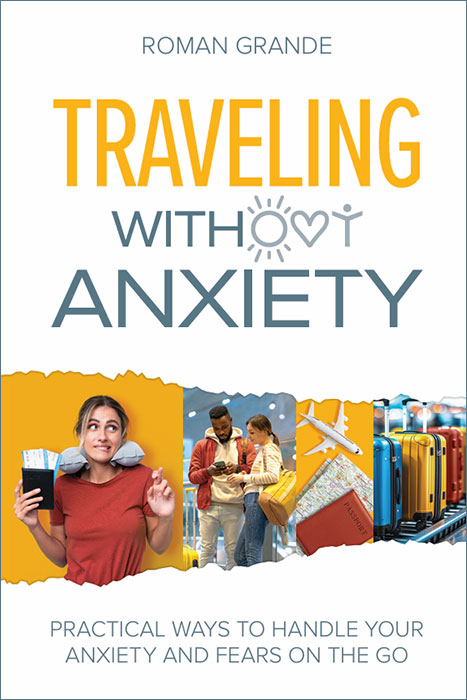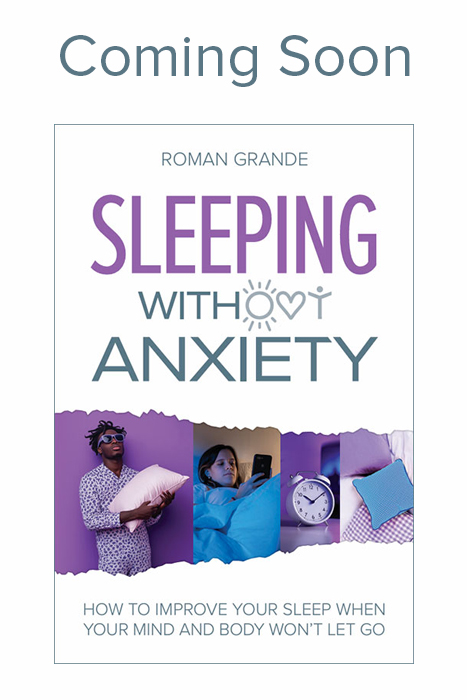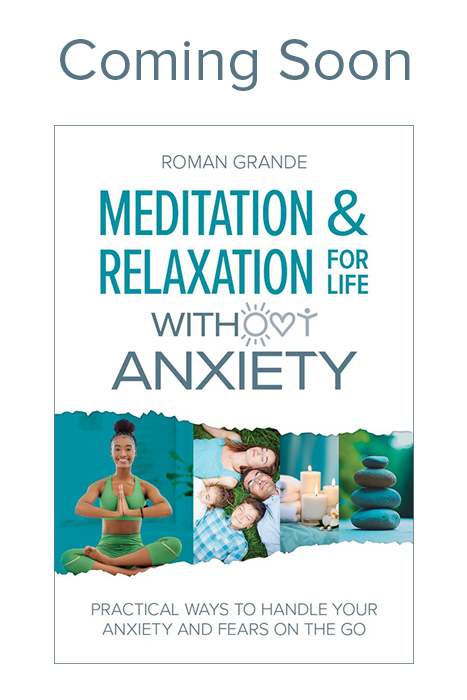
Imagine standing in the center of a bustling airport, your heartbeat syncing with the rapid pace of the surroundings. The glaring lights, the cacophony of voices, the alluring aroma of coffee blending with the distant melody of a boarding call — they all weave into a tapestry that may be exhilarating and terrifying at the same time. For many, this is the gateway to adventure, a doorway to new, exciting experiences. Yet, for others, it’s a cascade of overwhelming sensations, a silent trigger that ignites a flurry of worries, a gateway to an invisible labyrinth of anxiety, an unpredictable journey through internal landscapes more daunting than any geographical terrain.
Welcome into the world of an anxious traveler.
This book isn’t just about the fear of stepping onto a plane, boarding a train, or setting off on a road trip. Or the quiet panic setting in when you’re amidst an ocean of unknown faces. It’s about the inner journeys we embark upon, the emotional and psychological voyages that commence when we step outside our comfort zones. It’s about the turbulence in our minds, the missed connections in our hearts, and the baggage we carry in our souls. But more importantly, it’s about recognizing and understanding the internal tumult that can turn a simple trip into a daunting task.
Why focus on travel anxiety? Because it’s more than a fleeting worry; it’s a complex reflection of our innate fears and our deep-seated need for security and predictability in a world that’s anything but predictable. It represents our shared vulnerabilities and highlights the importance of addressing our mental well-being with the same vigor as we do our physical health.
Read more in the book…

In the search for a healthier, more balanced life, we often turn to various tools, techniques, and habits — meditation for relaxation, exercise for strength, or mindfulness for focus. But there’s only one thing in the world that may simultaneously restore your body, boost your mood, sharpen your concentration, enhance your learning, support your immune system, and relieve your worries. And that one thing is sleep. Sleep is the cornerstone of our well-being, an essential function that touches every aspect of our lives, often in ways we don’t fully appreciate.
Yet for many people, sleep is also one of the first things anxiety disrupts. Sleep anxiety — the fear of not falling asleep, staying asleep, or getting enough rest — can create a vicious cycle. The more desperately we want to sleep, the harder it becomes. The mind races, the body tenses, and night after night, the pressure builds.
Instead of being a natural act of restoration, sleep becomes another battleground.
Worries about tomorrow, fears about health, frustrations over past experiences — all seem to surface most powerfully when the world grows quiet and the distractions of the day fall away.
The good news is that sleep, even when disrupted by anxiety, can be gently rebuilt. Like any relationship, the relationship with sleep can be repaired with patience, awareness, and small but meaningful changes.
You can read more about it when the book is published.

Anxiety is something that many of us know all too well. For some, it’s a constant companion, always lingering in the background. For others, it comes and goes, striking unexpectedly and leaving us feeling unsettled. It can sneak into quiet moments or crash into our busiest days, disrupting our peace and pulling us away from the present. Whether it’s persistent or fleeting, anxiety is still a part of being a human.
While medication can offer relief for anxiety, it’s not always the answer everyone seeks. Medication can take the edge off, but it often comes with side effects or a sense of dependence. Many people are searching for something more—a way to manage anxiety naturally and sustainably. They’re looking for techniques that don’t involve pills but rather help them feel in control of their well-being in a more holistic way.
That’s where this book comes in. It’s about finding a different path—one that taps into the body’s natural rhythms and the mind’s capacity for calm. This is about learning how to breathe in a way that quiets the mind, how to move in a way that releases tension, and how to be present in a way that anchors you to the moment. It’s both about quick fixes and building a toolkit of techniques that you can use to calm yourself anytime, anywhere.
You can read more about it when the book is published.
